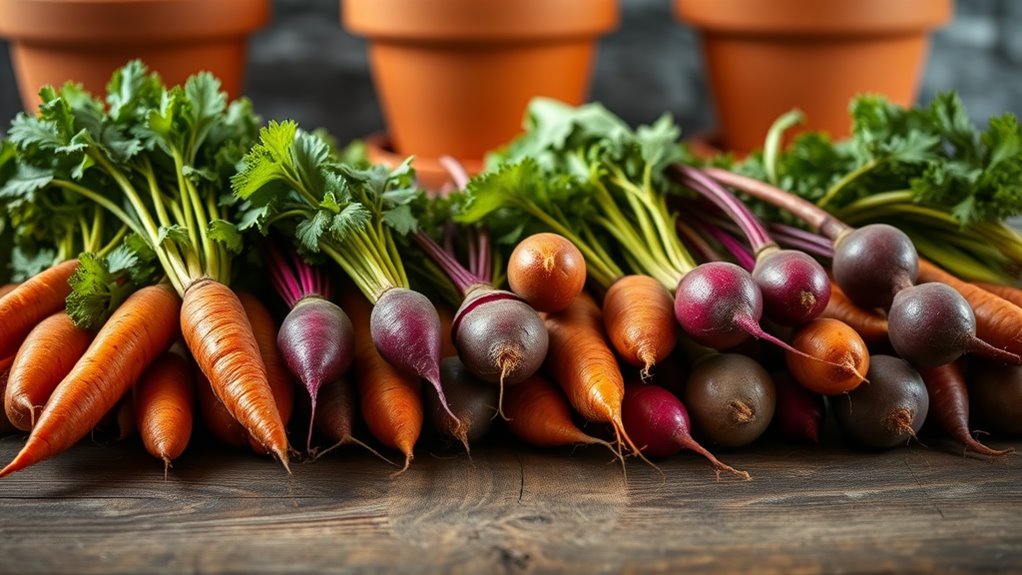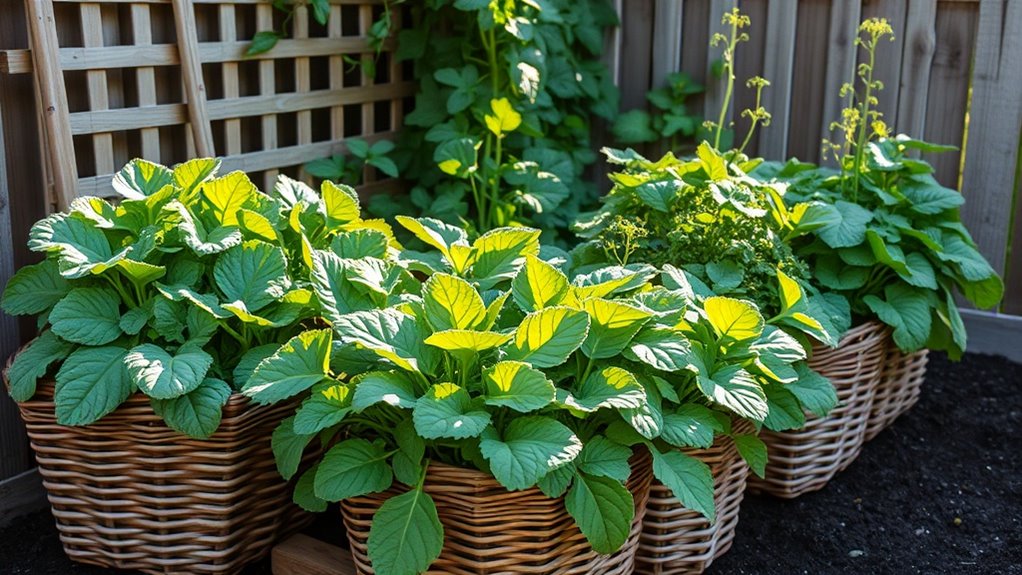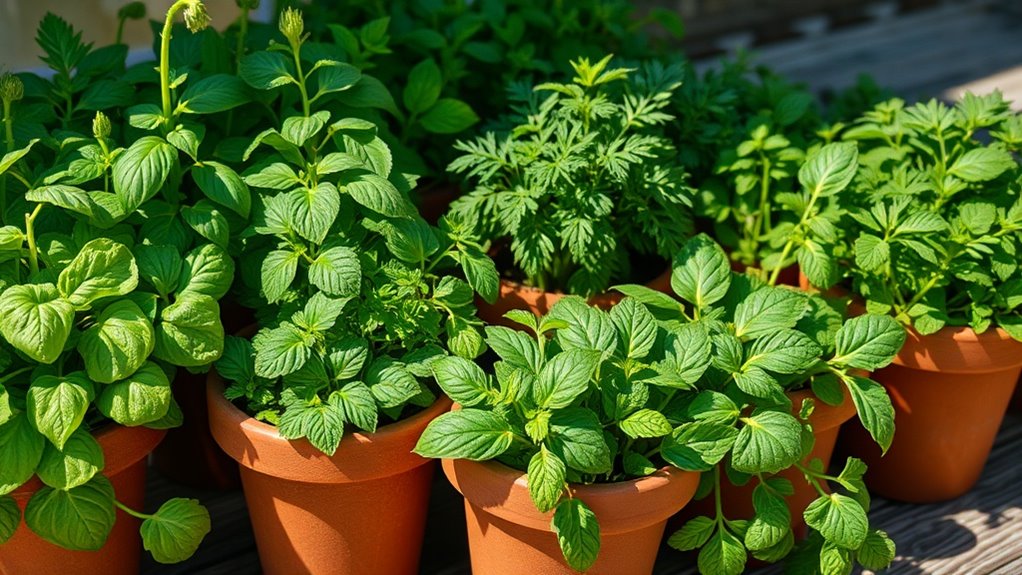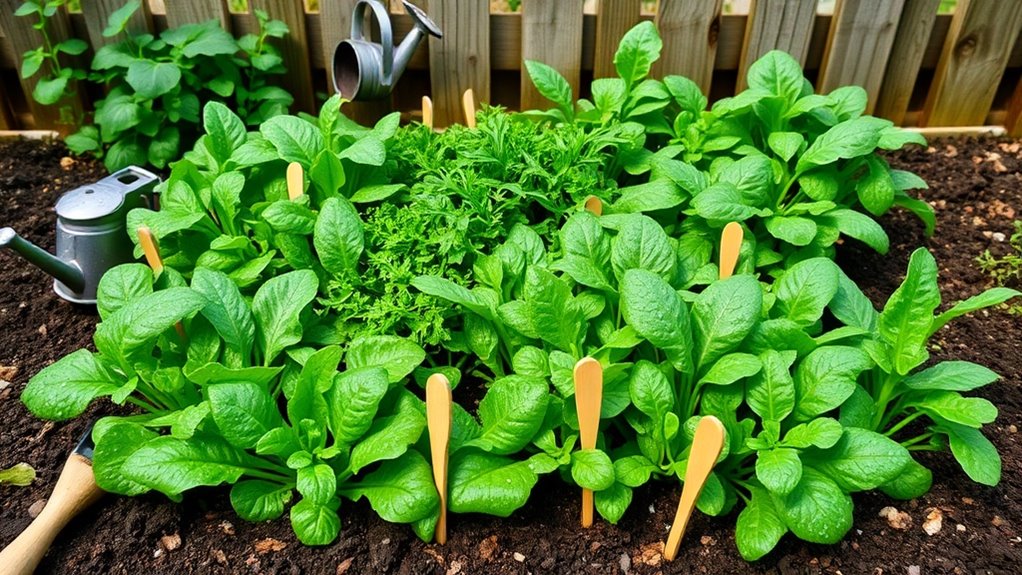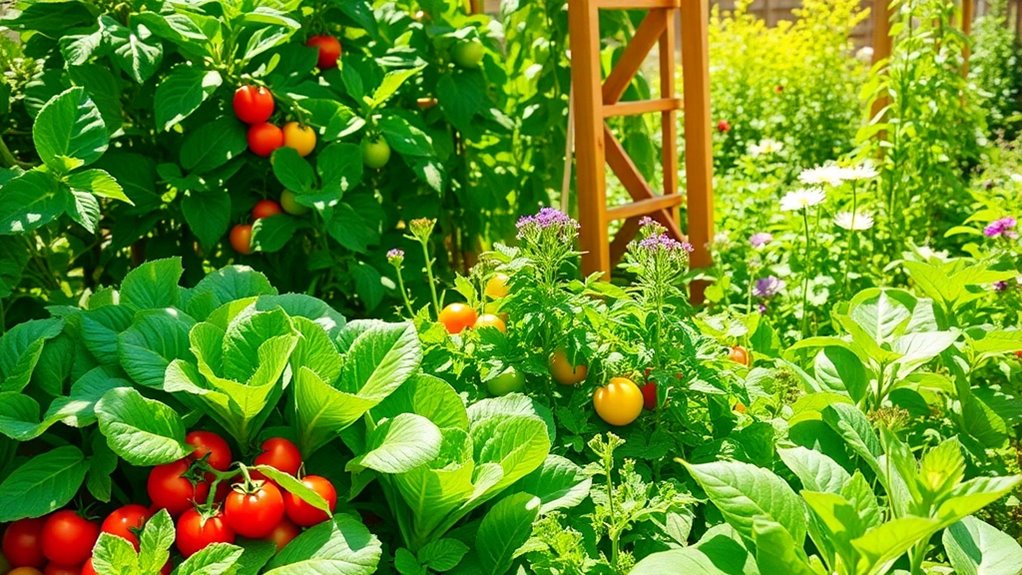These Root Veggies Grew Bigger When I Switched Containers
When you explore the advantages of larger containers for root vegetables, you’ll find that size can make a world of difference. Increasing the space allows roots to expand, absorb nutrients more efficiently, and avoids common problems like root rot. It’s fascinating how container choice impacts growth outcomes. Consider how the right materials, soil composition, and watering techniques play their roles. The transformation in root health might surprise you. What’s the secret to achieving these results?
Benefits of Using Larger Containers
When you opt for larger containers in root vegetable cultivation, you significantly enhance the potential for robust growth and healthy yields.
Larger containers give container root vegetables more space to develop extensive root systems, improving nutrient absorption. This increased volume also contributes to better water retention and aeration, crucial factors for maintaining optimal soil conditions and preventing root rot, ensuring healthy plants thrive. Additionally, many container-friendly vegetables perform exceptionally well in larger pots, maximizing your gardening success.
Ideal Container Materials for Root Veggies
What materials should you consider when selecting containers for growing root vegetables?
Opt for breathable materials like fabric or coconut coir that promote healthy root development. Plastic containers are lightweight and retain moisture well, but ensure proper drainage. Avoid metal, as it can overheat and affect roots. Choose untreated wood for durability, but be wary of potential rot. Each material impacts your harvest’s success, and selecting the right container can significantly enhance your container gardening success.
Soil Composition: What Works Best
The ideal soil composition for root vegetables typically contains a balanced mix of loamy, sandy, and nutrient-rich organic materials.
Loamy soil offers excellent drainage while retaining moisture, sandy soil promotes aeration, and organic matter enriches nutrient content.
Testing pH levels ensures optimal growth, typically around 6.0 to 7.0.
This blend supports healthy root development, maximizing your yield of robust, flavorful vegetables. Adding natural materials such as compost or well-rotted manure can significantly enhance soil health and fertility.
Roots Need Room: Understanding Growth Patterns
Understanding the space root vegetables need for optimal growth is crucial for gardeners aiming to maximize their harvest.
With limited room, roots can become crowded, leading to stunted growth and deformities. When you provide ample space, roots can branch out and access nutrients more efficiently.
This results in healthier, larger vegetables. Selecting appropriately sized containers can significantly improve yield, promoting robust root development. Additionally, growing easy-to-grow vegetables in buckets can help maximize space while ensuring healthy growth.
Watering Techniques for Container Gardening
As you embark on your container gardening journey, mastering effective watering techniques is essential for the health of your root vegetables.
Ensure consistent moisture by checking soil dryness with your finger; water deeply when the top inch feels dry.
Use a drip irrigation system or self-watering containers to regulate water levels, preventing over-saturation while promoting root development and nutrient absorption. Additionally, maintaining ideal watering schedules can significantly enhance the growth and yield of your plants.
Tips for Maintaining Healthy Root Vegetables
To ensure your root vegetables thrive, pay close attention to soil conditions and pest management.
Maintain a pH between 6.0 and 7.0 for optimal growth. Regularly check for pests like aphids and root maggots, using organic pesticides when necessary.
Incorporate organic matter into the soil to enhance nutrient retention. Monitor moisture levels carefully, as overly wet conditions can lead to rot and disease. Additionally, using proper container depth is crucial for the success of growing carrots and spinach in containers.

